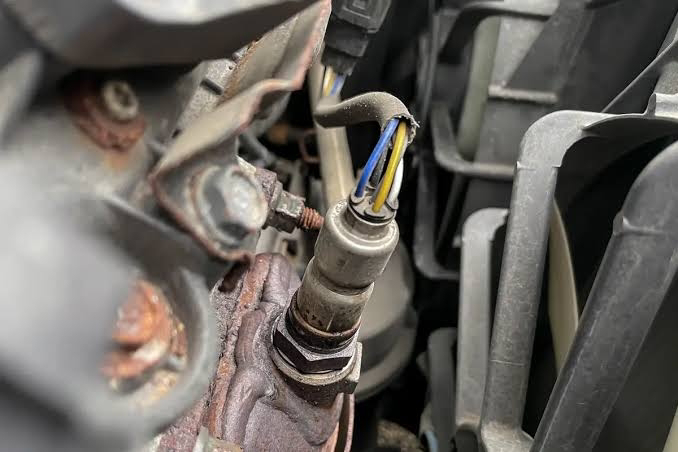Modern vehicles rely on a complex network of sensors and computers to optimize performance, fuel efficiency, and emissions. Among these critical components, the oxygen sensor (O2 sensor) plays a vital role in ensuring your engine runs efficiently while minimizing harmful exhaust emissions. But how exactly does this small sensor make such a big difference?
In this blog post, we’ll explore how oxygen sensors work, their impact on fuel economy, and why they are essential for reducing vehicle emissions.
What Is an Oxygen Sensor?
An oxygen sensor is a small electronic device located in the exhaust system that measures the amount of unburned oxygen in the exhaust gases. Most modern vehicles have at least two oxygen sensors:
1. Upstream (pre-catalytic converter) sensors – Monitors oxygen levels to help the engine control unit (ECU) adjust the air-fuel mixture.
2. Downstream (post-catalytic converter) sensor – Checks the efficiency of the catalytic converter by analyzing emissions after treatment.
The sensor generates a voltage signal based on oxygen content, which the ECU uses to fine-tune fuel delivery for optimal combustion.
How Oxygen Sensors Improve Fuel Efficiency
A properly functioning oxygen sensor ensures your engine runs at the ideal air-fuel ratio (14.7:1 for gasoline engines), known as the stoichiometric ratio. Here’s how it helps with fuel efficiency:
1. Closed-Loop Fuel Control– The ECU constantly adjusts fuel injection based on real-time O2 sensor feedback, preventing overly rich (too much fuel) or lean (too little fuel) mixtures.
2. Prevents Wasted Fuel– A faulty O2 sensor can cause the engine to run rich, wasting fuel and reducing mileage.
3. Optimizes Combustion– By maintaining the correct ratio, the sensor ensures complete fuel burn, maximizing energy output per drop of gasoline.
Studies show that a malfunctioning oxygen sensor can reduce fuel efficiency by up to 40%, making it one of the most critical components for saving money at the pump.
Oxygen Sensors and Emissions Control
Vehicle emissions regulations are stricter than ever, and oxygen sensors play a key role in keeping harmful gases in check:
- Reduces CO (Carbon Monoxide)– A correct air-fuel mixture ensures complete combustion, lowering CO emissions.
- Controls NOx (Nitrogen Oxides) – Running too lean increases combustion temperatures, leading to higher NOx production. The O2 sensor helps avoid this.
- Ensures Catalytic Converter Efficiency – The downstream O2 sensor monitors the converter’s performance, ensuring it effectively breaks down pollutants like hydrocarbons (HC) and NOx.
A failing oxygen sensor can cause your vehicle to emit excessive pollutants, potentially leading to **failed emissions tests** and environmental harm.
Signs of a Failing Oxygen Sensor
Since O2 sensors degrade over time (typically lasting 60,000–100,000 miles), watch for these symptoms:
- Check Engine Light (often with codes P0130–P0167)
- Poor Fuel Economy
- Rough Idling or Engine Misfires
- Increased Emissions or Failed Smog Test
Replacing a faulty sensor can restore performance, improve gas mileage, and reduce emissions.
Conclusion
Oxygen sensors may be small, but their impact on fuel efficiency and emissions is enormous. By ensuring the engine burns fuel optimally and helping the catalytic converter do its job, they keep your car running cleanly and economically.
If you notice any signs of a failing O2 sensor, addressing the issue promptly can save you money on fuel and prevent unnecessary pollution. Regular maintenance and timely replacements will keep your vehicle efficient and eco-friendly for years to come.
Have you ever experienced an oxygen sensor issue? Share your thoughts in the comments!



Comments
Post a Comment
Wish to leave a message?